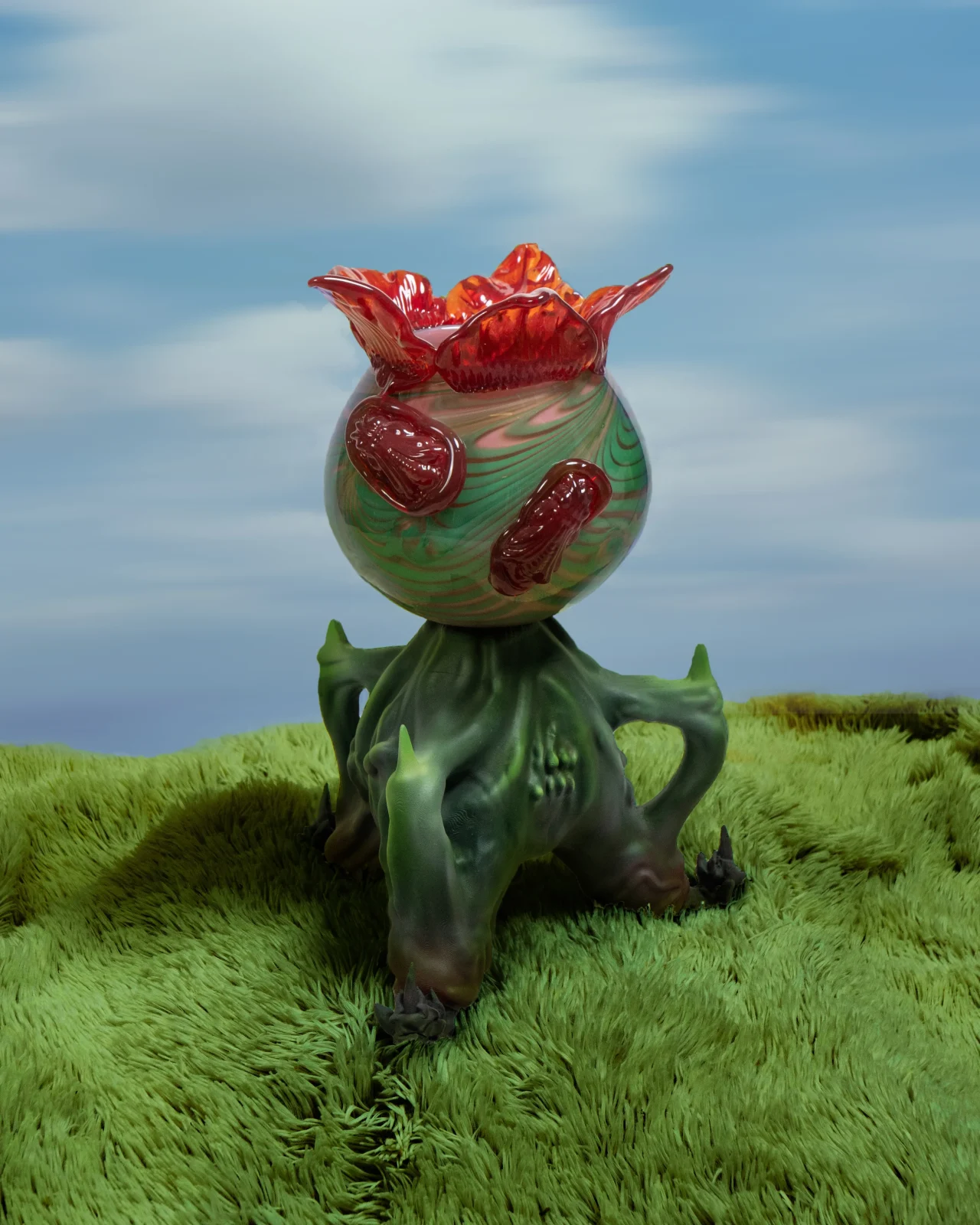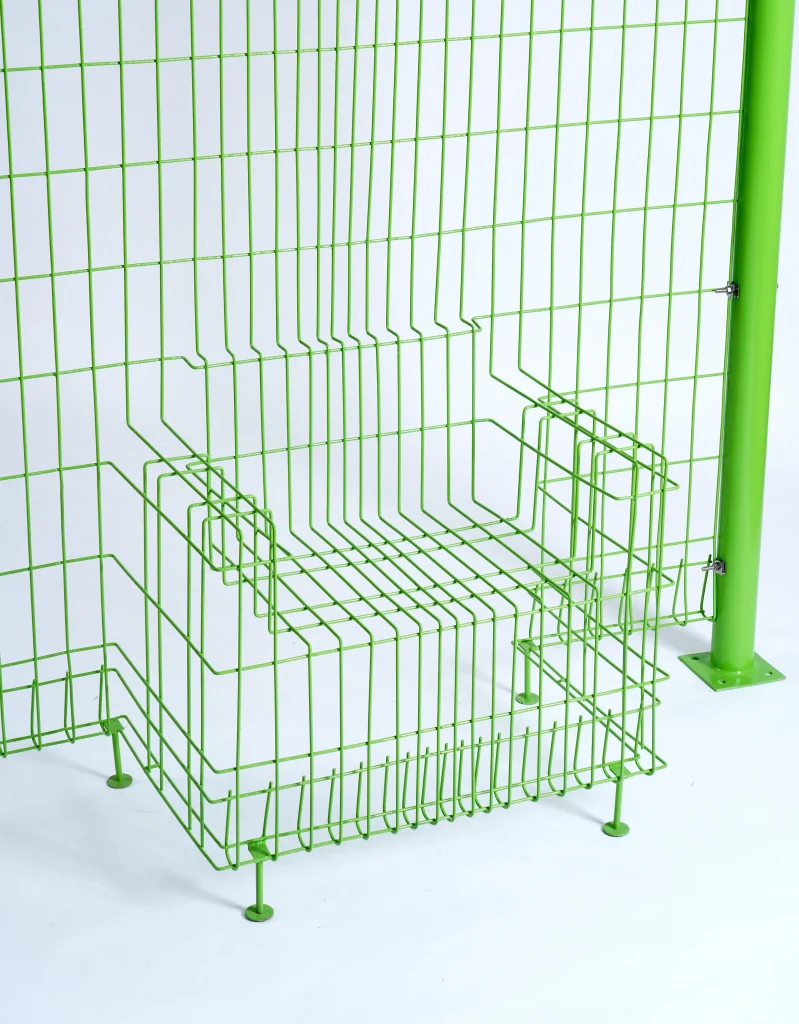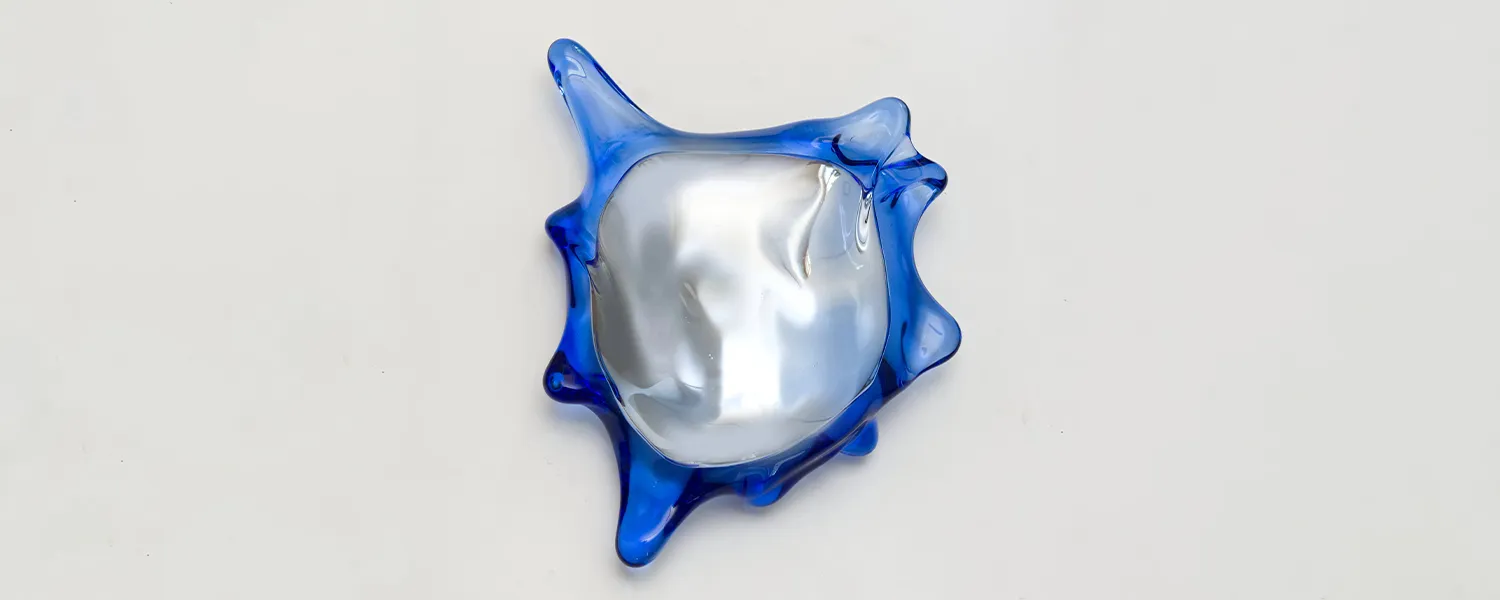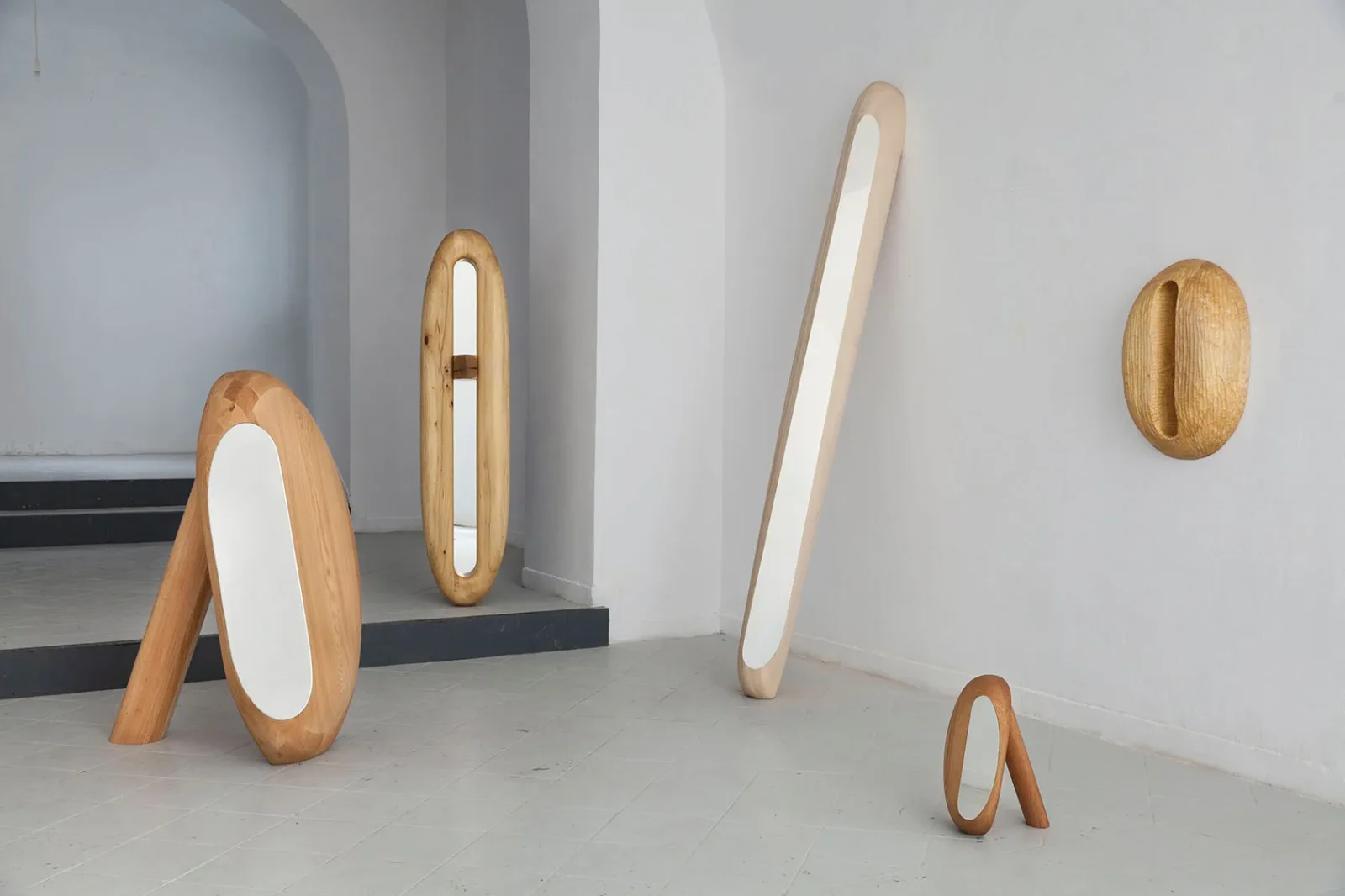
Munich in July Through the Eyes of STUDIO VON SCHOENEBECK: A Designer’s Guide to Bavaria’s Creative Capital
Munich exists as a paradox within contemporary European design culture. While Berlin loudly claims Germany’s avant-garde throne, Bavaria’s capital cultivates a quieter, more embedded form of creativity — a design sensibility that grows from historical continuity rather than revolutionary rupture. For Magdalena Shterianova and Johannes von Schoenebeck, the minds behind STUDIO VON SCHOENEBECK, Munich is both laboratory and archive: a place where design develops through deep cultural archaeology.


1. Englischer Garten & Kocherlball
The annual Kocherlball is a vivid example of how cultural and historical rituals can shape contemporary design. This pre-dawn dance gathering, taking place this year on July 19–20, began in the 1800s when domestic workers carved out their own celebration before employers awoke — hence the 6 a.m. start.






As the studio describes it: “People come in traditional Bavarian clothes, bringing homemade food and their own candleholders to light up the dark Biergarten around the Chinesischer Turm. It all starts before dawn, and as the first light filters through the trees, hundreds of couples begin to waltz.”
“It was this unique atmosphere—flickering candlelight, soft music, and the warmth between strangers—that inspired our TETRIS candleholders.” The design connection proves significant: rather than imposing external aesthetic concepts, the studio extracted formal principles from lived cultural experience. Their candleholders function as material translations of social ritual, embodying temporary equality that developed through shared symbolic action.
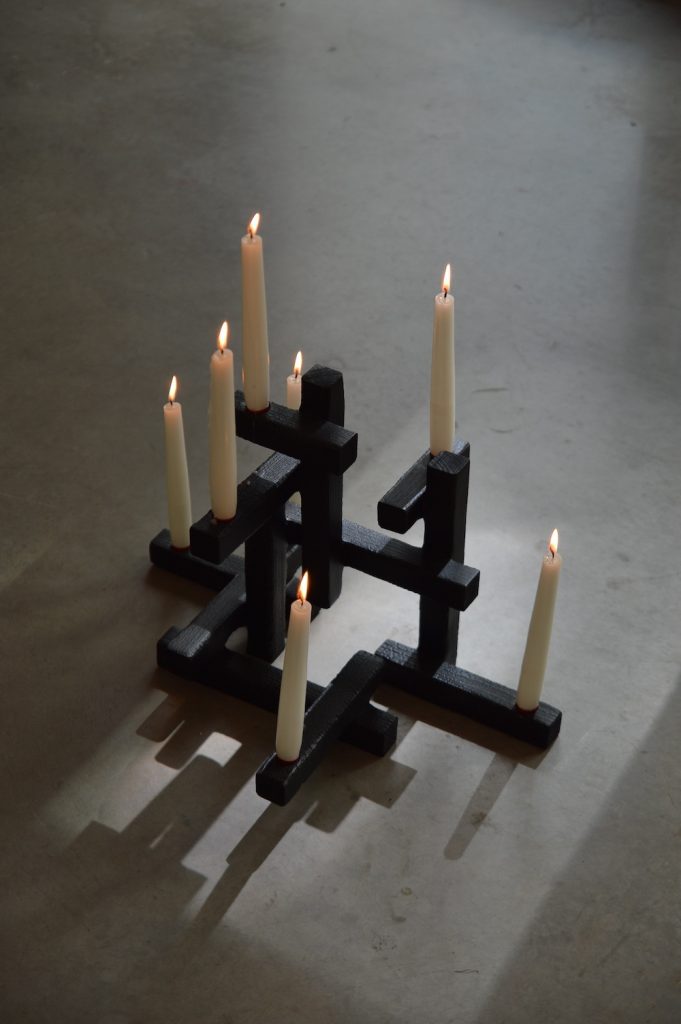

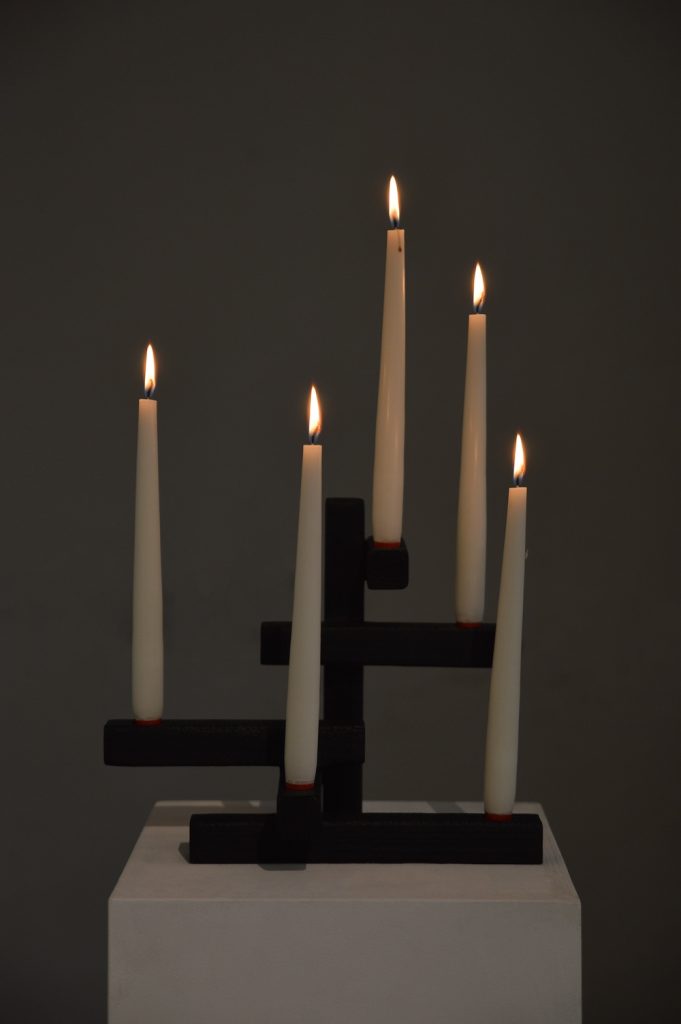



2. Luitpoldblock
Contemporary design discourse often emphasizes individual genius over collaborative infrastructure. Luitpoldblock challenges this narrative by demonstrating how creative communities develop through spatial proximity and programmatic diversity. For the studio, this location holds particular significance: “This place is personal. It’s where we met.”


Courtyard of the Luitpoldblock, HYTOP Block Party with light installations by OHA Photo: Daniel Samer
Luitpoldblock operates as organized complexity—galleries, design stores, music production, and exhibition spaces creating symbiotic relationships rather than competitive isolation. “Today, Luitpoldblock has grown into one of Munich’s most exciting cultural spots—a hidden courtyard filled with galleries, design stores, a music label, and spaces for exhibitions and events.”






The studio’s MASTER & MARGARITA chair, currently featured in the Metal Works exhibition through July’s end, exemplifies this embedded approach to cultural production. This represents Munich’s particular model of creative development: organic growth from existing cultural infrastructure rather than imposed cultural districts.


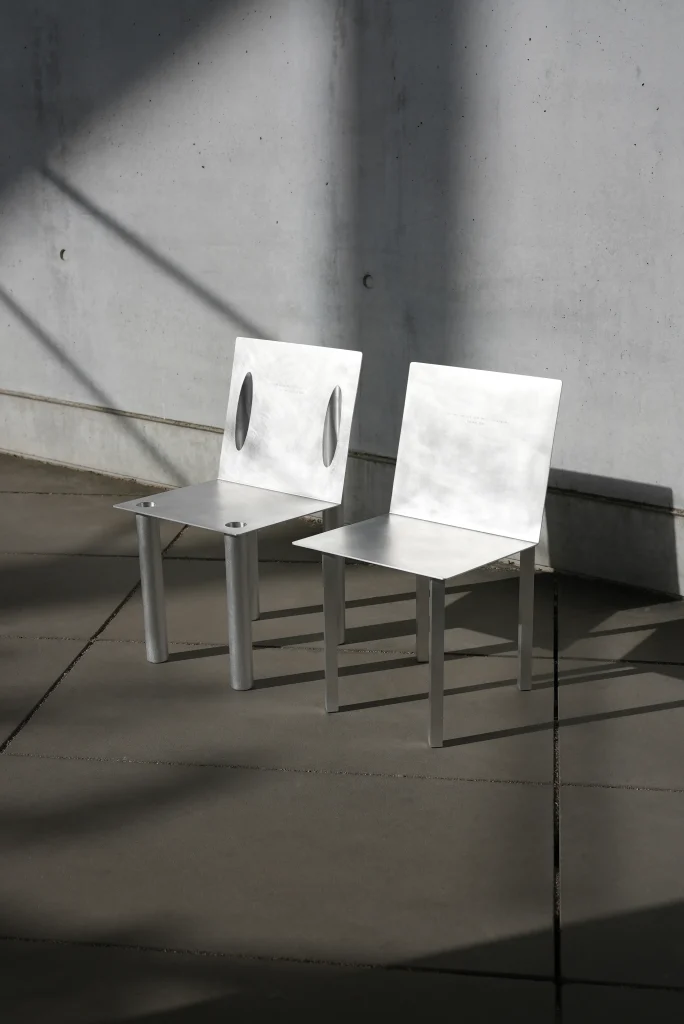

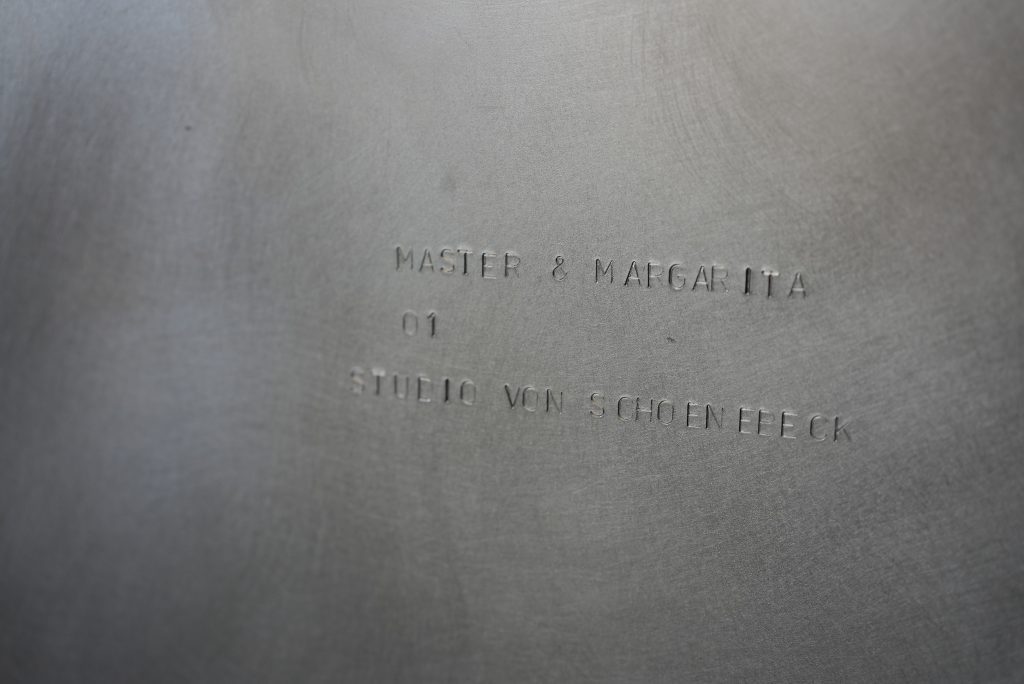



3. The Isar River
Of particular interest as we head into July, Munich offers a remarkable way to stay cool: you can plunge into cold, crystal-clear Alpine water right in the city center — an almost surreal merging of urban density and wild nature.
“The Isar is not just a river — it’s a way of life,” the studio explains. “In how many cities can you take a dip in cold, crystal-clear Alpine water right in the city center?” On a personal note, and as a visitor to Munich, I was delighted — and slightly stunned — to see barefoot, dripping people carrying surfboards through the city streets. Only after encountering the river did I understand where they had come from.


If the crowded riverbanks feel too busy, you can follow the Isar out of town, walking for hours along its green banks, losing yourself in nature while technically remaining within the city limits. “It’s the place we go to slow down, to breathe, to reset.”




4. Westend & Theresienwiese
Munich’s reputation for conservative refinement conceals a more layered cultural landscape. Westend, where the studio is based, feels open and unguarded — a neighborhood where authenticity grows through economic accessibility rather than curated programming. “Munich is known for being polished and expensive — but Westend is where the city lets its guard down,” they share. “It’s a relaxed, creative, diverse neighborhood with hidden ateliers, vintage shops, casual cafes, and old-school Boazn (local pubs). The best thing? You can grab a drink at the kiosk, sit at a street corner, and just watch the world go by. Someone will talk to you. It’s that kind of place.”






Nearby, the Theresienwiese — famous for Oktoberfest — adds another layer. Whether packed with festival tents or completely empty, this open field forms part of their daily horizon. Its cyclical transformation from global spectacle to quiet emptiness mirrors the ebb and flow of creative work: periods of intense engagement followed by necessary solitude.




5. Pinakothek der Moderne
Die Neue Sammlung at the Pinakothek der Moderne demonstrates the city’s commitment to design as serious cultural practice. “Munich doesn’t shout about it, but it holds a hidden gem for design lovers: the world’s largest design collection, housed in Die Neue Sammlung at the Pinakothek der Moderne.”


Exterior view of the Pinakothek der Moderne and Futuro, Photo: Die Neue Sammlung, T. Bechthold
The collection’s significance lies in its comprehensive scope. “It’s a place where everyday objects and radical design ideas live side by side—from Bauhaus icons to contemporary experiments.” This juxtaposition creates dialogue between historical precedent and contemporary innovation, supporting contemporary practice through historical lineage.
“Whenever we need inspiration, we go there to reconnect with design history and dream of what comes next,” the studio explains. This approach reflects Munich’s particular contribution to design discourse: preservation and evolution rather than destruction and replacement.


Photo: Patrizia Hamm © Die Neue Sammlung – The Design Museum
Munich reveals itself slowly to those willing to look beyond its polished surface. While outsiders may reduce the city to beer halls and conservative traditions, they overlook what the studio describes as “the second biggest and fastest-developing art scene in Germany, after Berlin.” The real Munich shows its true character through three essential qualities: “Rich. Traditional. Hidden.”
On your next visit, certainly embrace the beer gardens and the exuberance of Oktoberfest — but also look deeper. Seek out the dawn dancers in the Englischer Garten, discover the hidden courtyards of Luitpoldblock, swim in the icy Isar, wander the quiet streets of Westend, and lose yourself among design treasures at the Pinakothek der Moderne. Munich’s greatest gift lies not only in its famous landmarks but in its living creative communities — where tradition and innovation continue to waltz together, just as they do each year in the early morning light.

